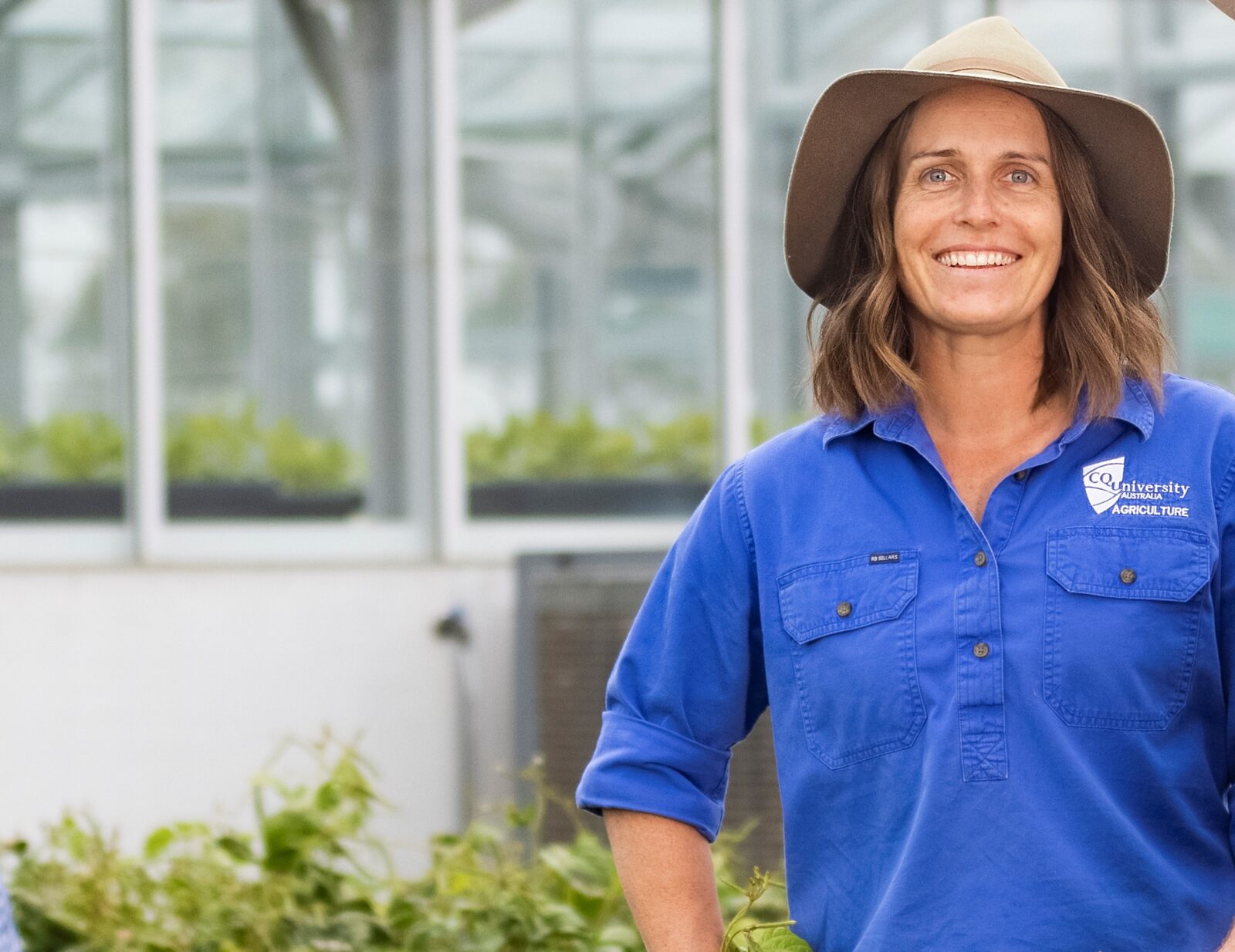Meet your future agronomists: The five Horizon Scholars getting a career head start
 EMERGING INDUSTRIES / Tuesday, 6 June 2023
EMERGING INDUSTRIES / Tuesday, 6 June 2023
Open sesame! $2m national research program to scale up emerging industry

AgriFutures Australia is investing $2 million into a new five-year national program of research to scale-up production of the high-value crop sesame.
With the rapidly growing global market predicted to hit $26 billion by 2025, and 100% of sesame consumed in Australia imported from overseas, the research and development (R&D) investment had been designed to capitalise on the opportunity and boost the output of the emerging local industry.
AgriFutures Australia Emerging Industries Program Senior Manager, Dr Olivia Reynolds, said the applied research approach would address practical challenges including crop agronomy for maximum yield, customising machinery for planting and harvest specifications, and post-harvest processing.
“In supporting the industry to scale-up production it’s essential that farmers have the tools available to them so that sesame can fit within existing broadacre cropping systems,” said Dr Reynolds.
“We see a strong future for sesame in Australia with research to date demonstrating its suitability to a range of environments and its ability to perform under extreme climatic conditions, as well as the fact that at $2000 a tonne at farmgate it is an attractive commercial proposition.”
AgriFutures Australia is dedicated to growing the future of Australian agriculture and long-term prosperity of rural industries through investing in research, innovation, and leadership development.
The national program of research will be led by Central Queensland University Australia (CQU), in collaboration with universities, State and Territory governments, commercial seed companies, farm machinery and seed processing businesses, and farmers from across the country.
The program of research will address six themes:
- Crop protection – to understand the diseases and weeds of sesame and their management, and extend this knowledge to industry.
- Nutrient, irrigation and water management – to understand and extend to industry nutrient cycling under different water and nitrogen regimes.
- Farming systems and modelling – to inform the adoption of sesame crops into existing Australian farming systems.
- Southern production – to assess and articulate the adaptability of growing sesame in southern Australian farming regions (southern QLD, north and south NSW).
- Crop establishment and harvesting mechanisation – to develop optimised planting and harvesting guidelines for sesame production in Australian farming systems and provide this to industry.
- Post-harvest seed storage and harvesting – to optimise seed storage and harvesting capability for industry.
Over the last five years CQU has led a series of sesame research activities, with the AgriFutures program to link with work underway through the Cooperative Research Centre for Developing Northern Australia (CRCNA) for a comprehensive national approach.
CQU research leader Dr Tieneke Trotter said the industry had now overcome many of its early challenges in gaining a foothold in Australia, with international seed companies now investing in developing a new production base.
“Sesame has traditionally been grown in tropical and sub-tropical environments, but as part of our research we will be investigating new genetic lines with a shorter growing season to expand the crop’s footprint into southern Australia,” said Dr Trotter.
“The new varieties that are coming through are non-shattering, which means harvest equipment should be able to capture more seed and more value for the farmer.”
Different sesame varieties produce either black or white seed, which can be sold as seed for human or animal consumption, or processed into oil, paste (tahini) or flour, or used as a flavouring in confectionary.
Dr Reynolds said that with such diverse uses, it was important that the research consortium brought together players from all sections of the value chain.
“The collaborative program of research brings together the Australian Sesame Industry Development Association (ASIDA), growers, researchers, seed suppliers and seed processors, to carry out the research and solutions that will be practical in real world conditions,” said Dr Reynolds.
To stay up to date with the sesame research program:
Visit Sesame | AgriFutures Australia
Subscribe to our Emerging Industries mailing list
[ENDS]
Media enquiries:
Ellie Reid
Manager, Communications
Workforce, Communications and Adoption
| 0457 084 715
Latest News
-
Meet your future agronomists: The five Horizon Scholars getting a career head start WORKFORCE AND LEADERSHIP / 06.06.23
WORKFORCE AND LEADERSHIP / 06.06.23 -
New data reveals $8 billion contribution of Australia’s chicken meat industry CHICKEN MEAT / 06.06.23
CHICKEN MEAT / 06.06.23 -
AgriFutures opens Applications for 2026 Learning and Development Opportunities WORKFORCE AND LEADERSHIP / 06.06.23
WORKFORCE AND LEADERSHIP / 06.06.23 -
Unearthing a quiet giant: Australia’s rising truffle industry TRUFFLES / 06.06.23
TRUFFLES / 06.06.23






